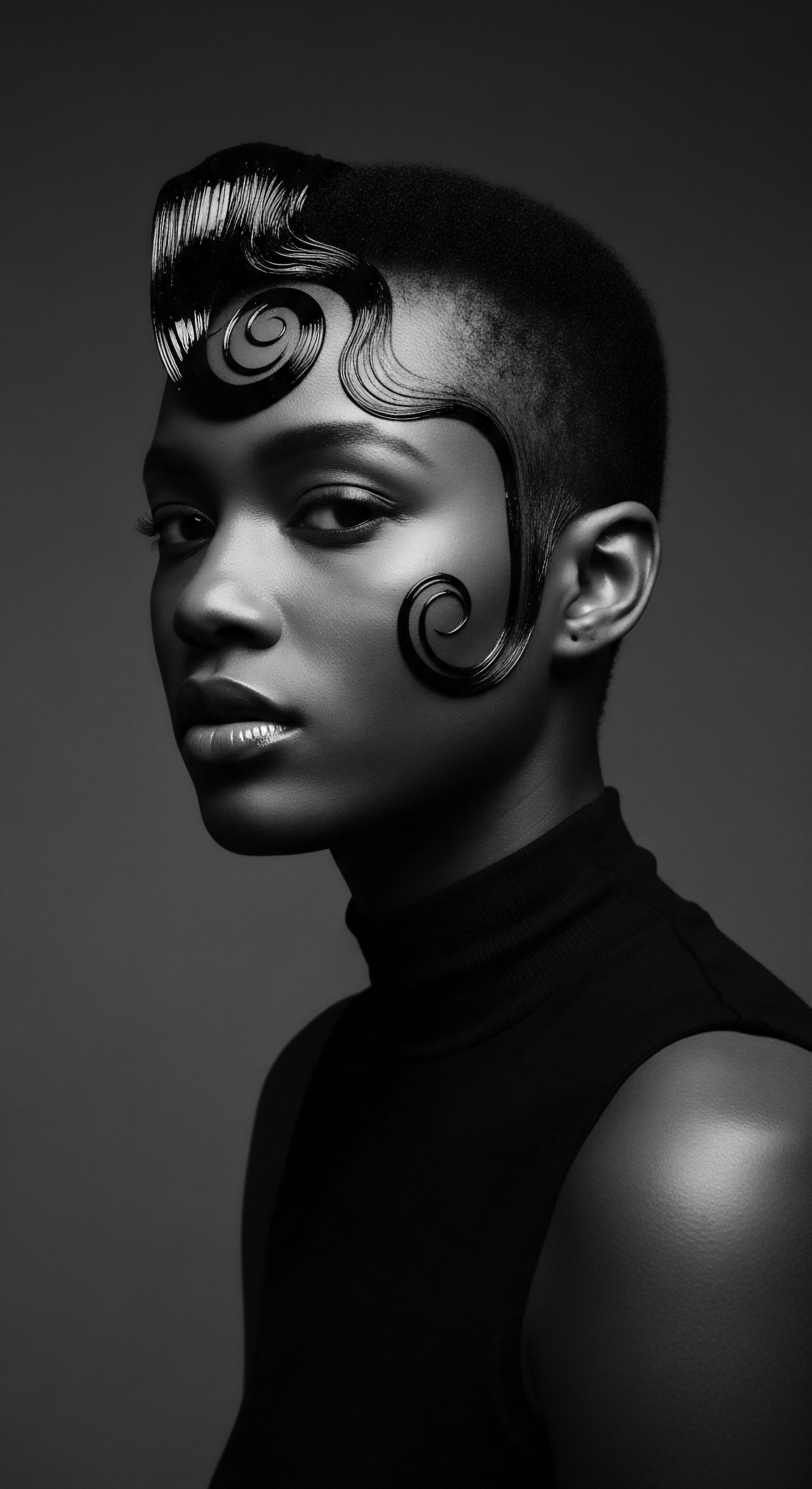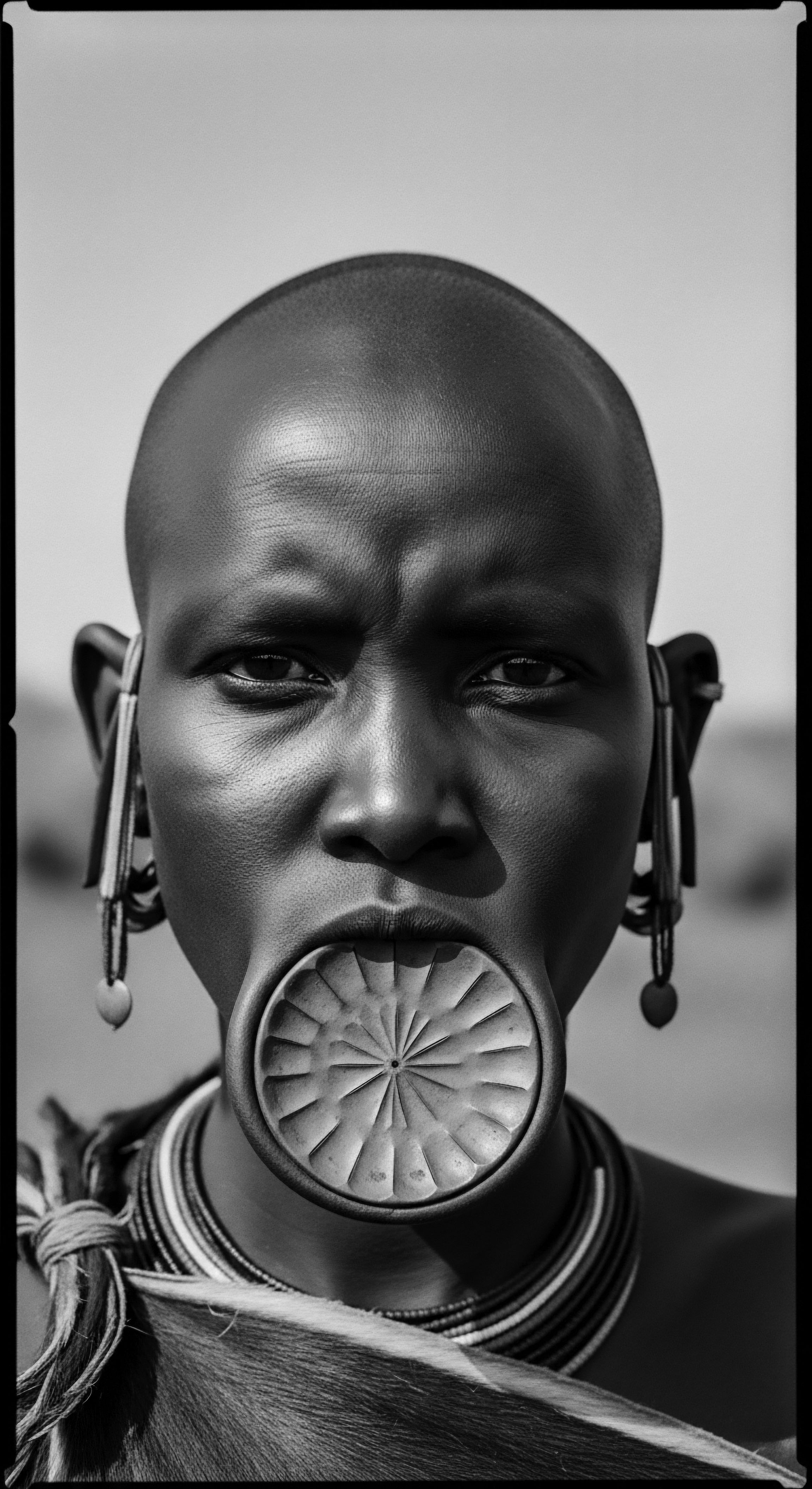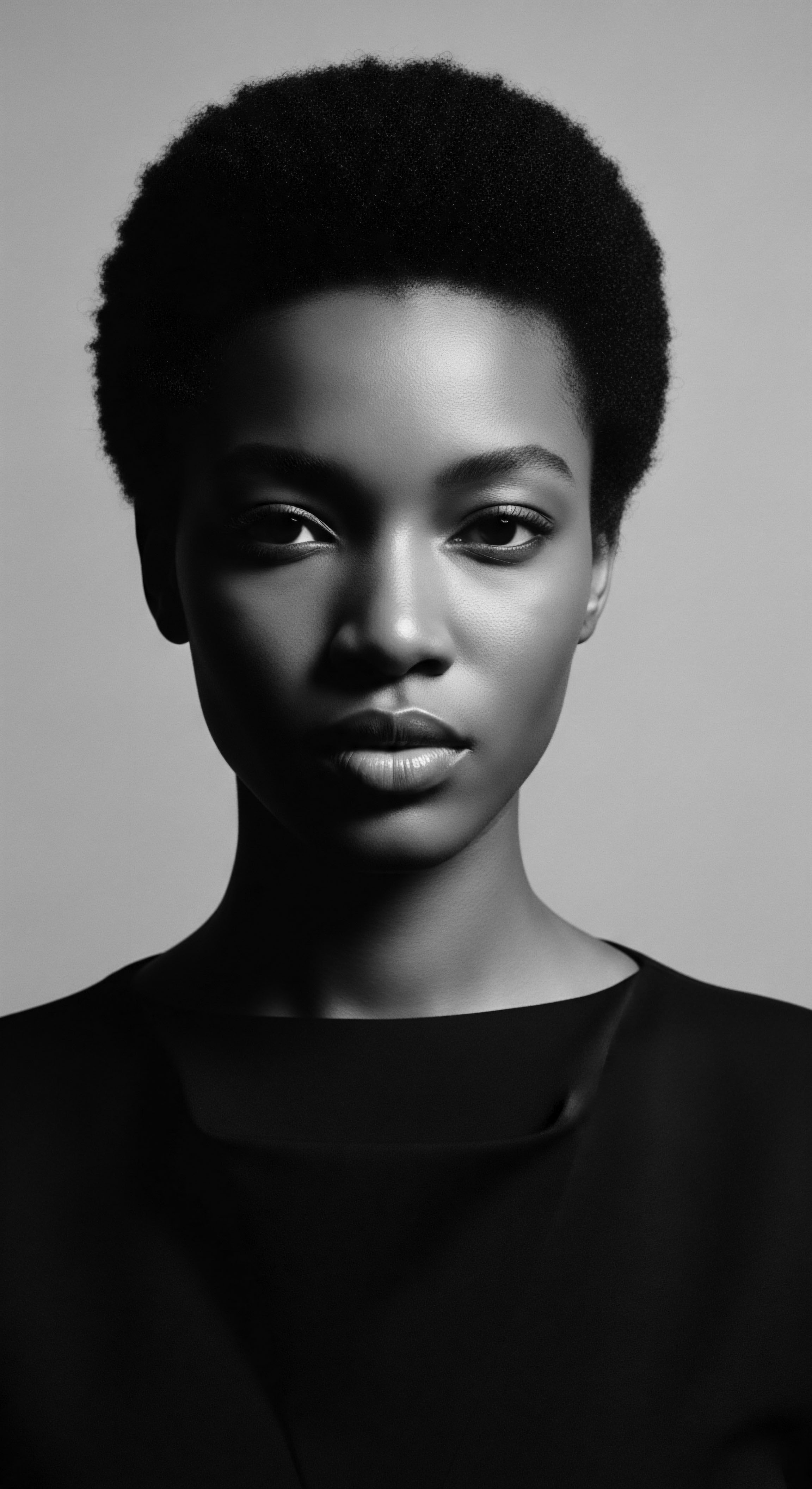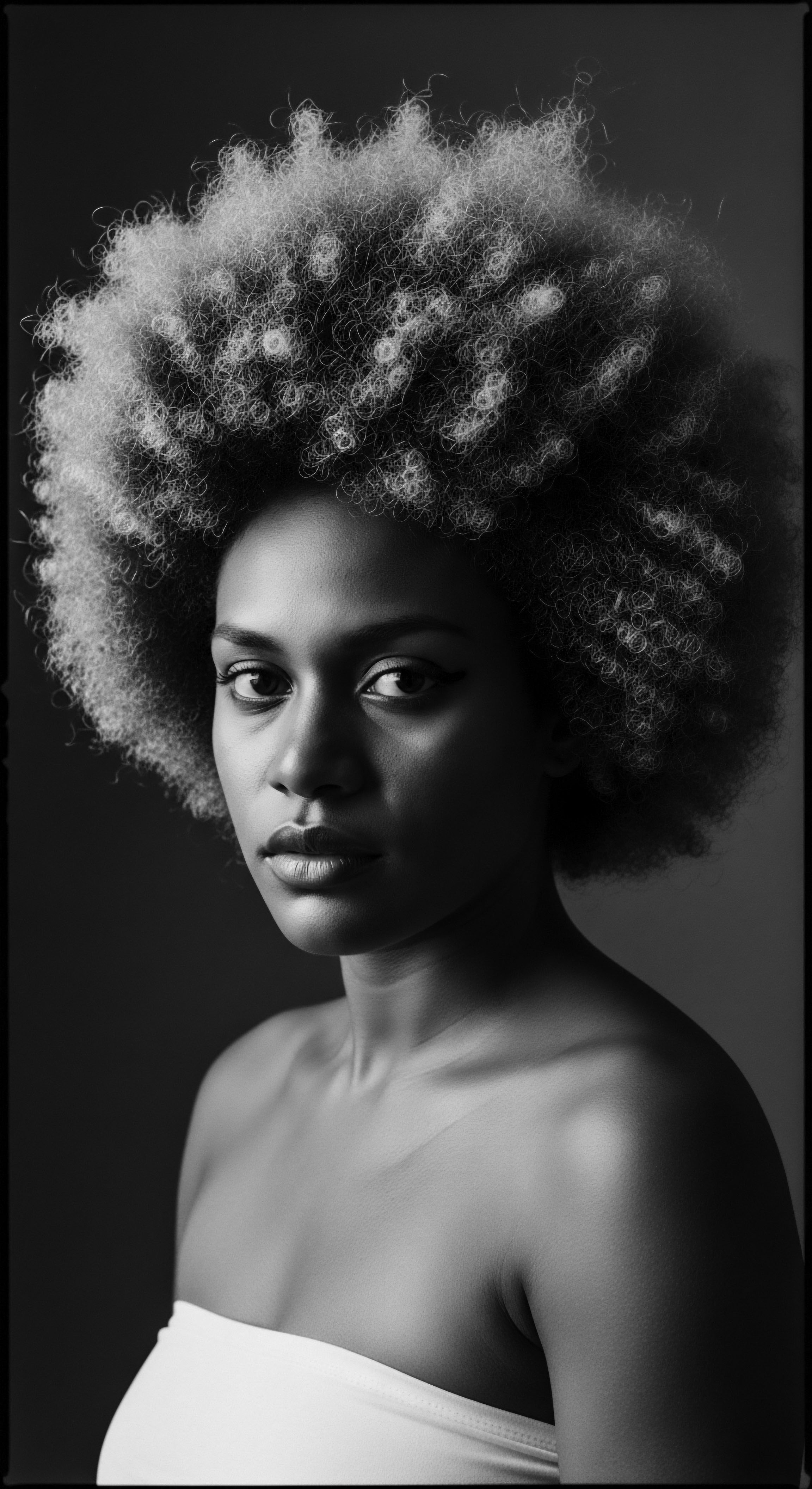
How does Himba hair styling signify social identity and heritage?
Himba hair styling, deeply rooted in otjize application, visually proclaims social standing, age, and fertility, preserving ancestral heritage.

How did traditional African hair practices communicate identity and status?
Traditional African hair practices were a vibrant language, communicating identity, social status, and spiritual beliefs through specific styles and adornments, reflecting a deep textured hair heritage.

In what ways did African hairstyles preserve cultural identity during historical shifts?
African hairstyles preserved identity by serving as communication, status markers, and symbols of resilience, embodying rich textured hair heritage.

What is the historical link between textured hairstyles and social status?
Textured hairstyles have historically mirrored social status, transitioning from revered markers of heritage to symbols of resistance against oppression.

Did textured hair communicate social status and spiritual lineage?
Textured hair historically denoted social standing and spiritual lineage through styles, adornments, and grooming rituals across diverse cultures.

How did early textured hair tools relate to status?
Early textured hair tools served as direct visual indicators of status, lineage, and spiritual connection within rich heritage.

How did hair tools reflect social status in ancient African societies?
Ancient African hair tools were powerful non-verbal communicators, visually expressing status, lineage, and life stages within a rich textured hair heritage.
